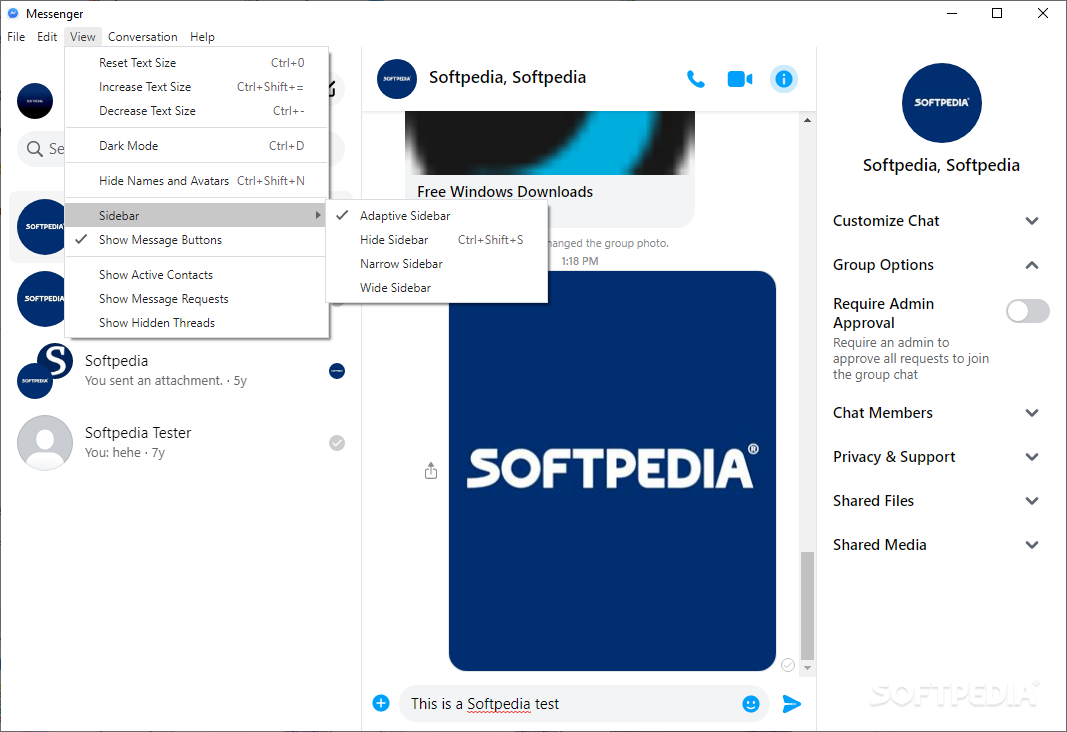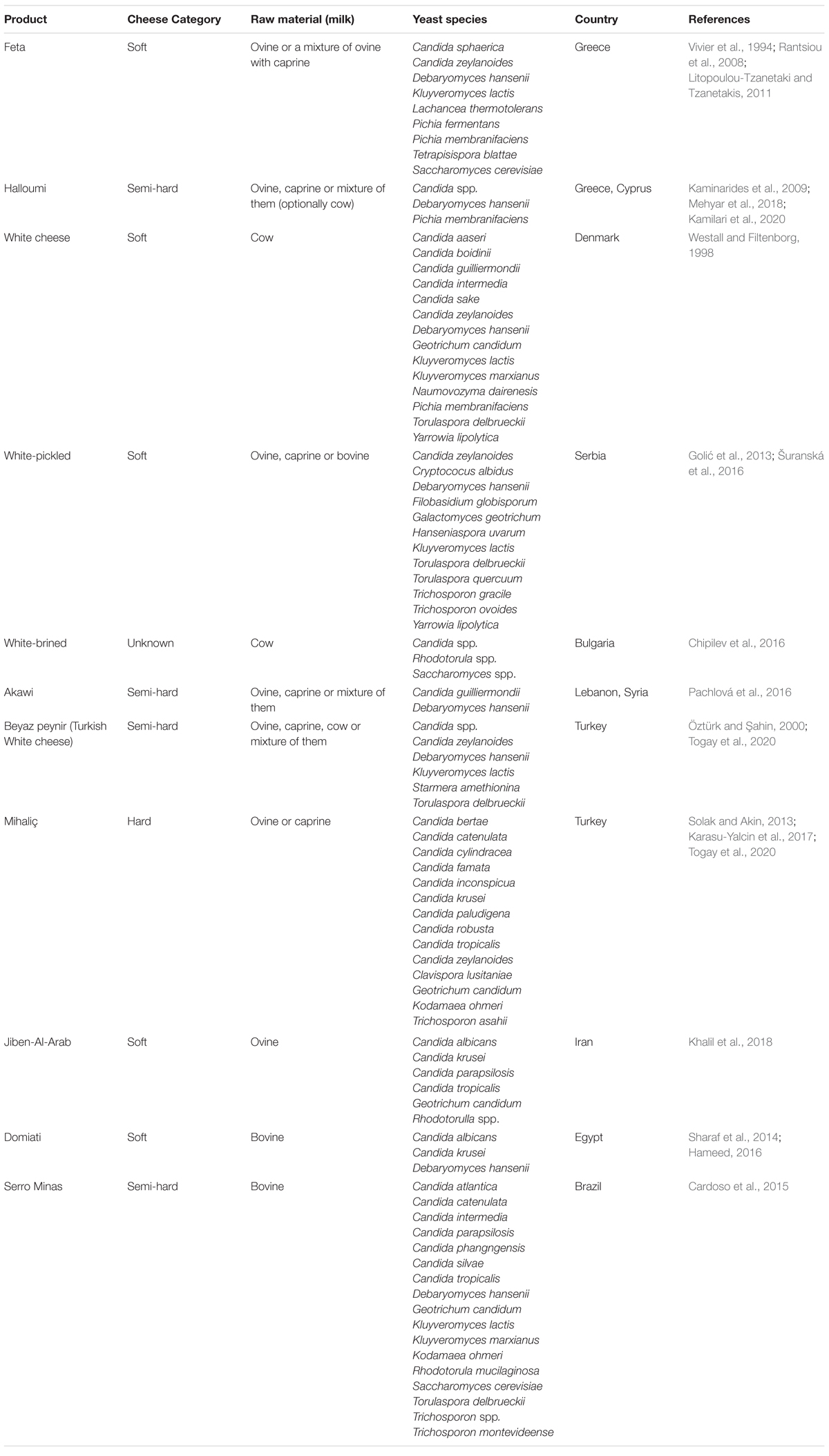
They’ll need marinating or brining beforehand.Ĭheck out our grilled leg of lamb with herb butter recipe. This makes them better for slow roasting or barbecuing. In contrast, leg of lamb is lean and contains far less fat. See our smoked lamb chop recipe to see just how amazing they can be.
#Caprine flavor skin#
They can be barbecue grilled or smoked, and are best finished with a seared skin and pink inside. Lamb chops are expensive, but their fat content makes it worth it. For example, if you manage to get a fatty cut like lamb shoulder then try barbecue smoking it. Lamb is fantastic barbecued or grilled, and also roasted.ĭifferent cuts of lamb have different fat content, but if you manage to get a hold of a piece with a good deal or marbling then this will be perfect for slow cooking or roasting. If this isn’t your kind of thing then I recommend trying to trim off some of the fat before cooking.
#Caprine flavor iso#
The flavor of the fat in lamb does tend to be more gamey and deeper in taste. There were five branched-chain fatty acids ( iso - and anteiso -C 15:0, iso - and anteiso -C 17:0, and iso -C 16:0) with >0. Lamb has more fat content than goat ( source), so tends to hold up to grilling at higher temperatures than goat.Ī word of warning though. If you smoke it then this sweet flavor should lock into the meat, but if you grill it then it might lose some of that and become tougher.


I tend to find that this usually depends on how it’s prepared. Goat is slightly sweeter than lamb in flavor, and can even carry a more gamey flavor. The lower fat content in goat makes it a tougher meat to chew than sheep, but the flavor differences stretch far beyond just texture. The marbling found in meat tends to melt away as it’s cooked, and this rendered fat can help to enrich the meat with more flavor as it cooks. Lamb meat with marbling evident along the surface of the meat muscle They’re mostly found in the muscles of beef, lamb and goat and are also referred to as intramuscular fat. The names are derived from the high amounts of these fatty acids found in goats milk, which give the milk its characteristic odor and flavor. Marbling is the white marks and flecks of fat that you see appear along the surface of red meat. This is made evident by the visible amount of marbling that you can see across the surface of lamb. Both spontaneous lipolysis and LPL activity are linked to s1 -casein genotype both lipolytic events are higher in milk from goats with the weak expression of the s1 -casein genotype than in milk from goats with the more strongly expressing genotype. Applied sparingly as an undertone, this is the flavor that makes goat cheese work it plays nicely (if roughly) with more conventional cheese flavors. Most cuts of lamb meat contain more fat than goat. The characteristic flavor of caprine milk is related to caprine s1 -casein alleles. As a general rule, it is usually quite tangy with an unmistakable aftertaste that is best described as goaty (some indeterminate mix of hay and animal sweat).


 0 kommentar(er)
0 kommentar(er)
